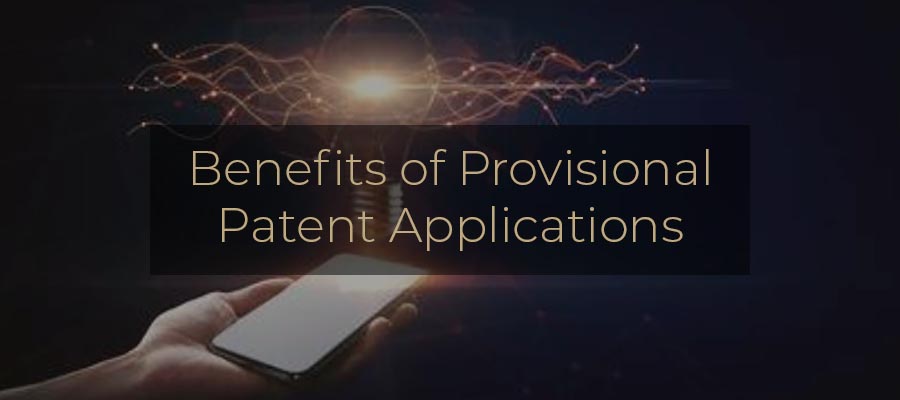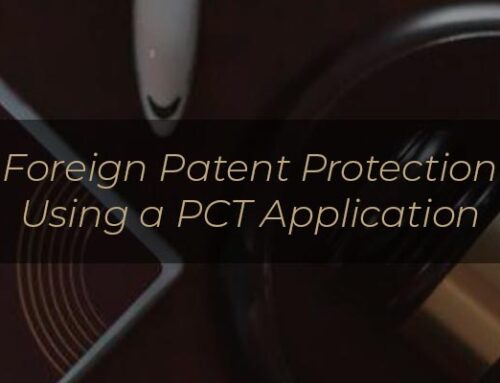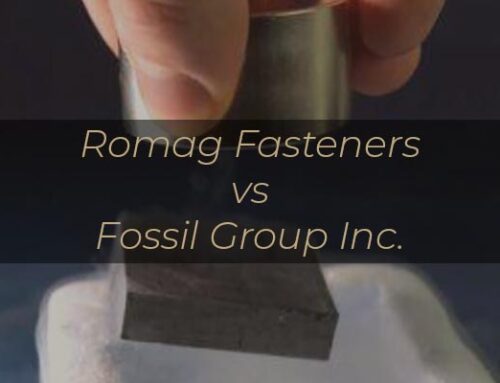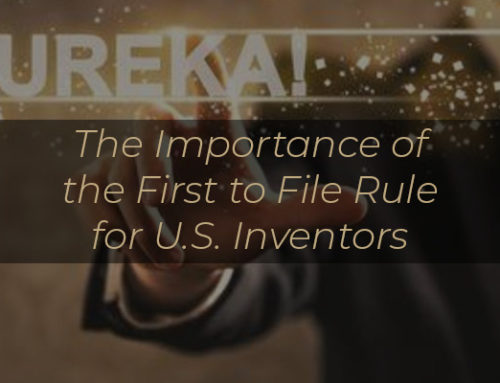Provisional patent applications are one of the most popular options for obtaining patent pending status and to secure a filing data. Prior to the America Invents Act, when two inventors sought protection for the same invention, an inventor who could prove the earliest filing date would be granted a patent. Today, under current law, the inventor who files their patent application first is entitled to the patent over another inventor for the same invention, who filed later in time.
The main benefits of a provisional patent application are three-fold. First, provisional patent applications provide a low-cost option to obtain patent pending status. This allows an inventor to mark their product or method with Patent Pending. This alerts potential buyers or customers that the product is new and important enough that patent protection is being sought. It also warns competitors that the product may soon be covered by a patent, leading to possible liability and damages for any competitor who copies the product or method in a way that infringes the eventual patent.
Second, provisional patent applications secure a filing date for whatever is disclosed in the provisional patent application. As discussed above, patents are now awarded to the inventor that is the first to file a patent application. By securing a filing date quickly, an inventor can ‘beat’ other inventors to the Patent Office thereby securing an earlier filing date. Utility applications, which are typically longer, require figures, and take longer to prepare, which will delay a filing date.
Third, provisional patent applications provide an inventor a year to promote their invention in the marketplace, attempt to obtain investors, and attempt sales and licensing of their invention all while having a filing date with patent pending status. Because the inventor has a provisional patent application on file, someone else can not file before them and try to take their patent rights to their invention. If the invention is well received in the marketplace or investors are secured, then the inventor should feel confident in spending the money and taking the time to file a utility patent application which claims priority to the provisional patent application.
Keep in mind however, that provisional patent applications never undergo examination by an Examiner. Provisional patent applications only provide a place holder for 1 year allowing the inventor, if they choose, to file a utility patent application which meets all the Patent Office rules. The utility patent application will be examined by a Patent Examiner at the Patent Office for possible grant as a U.S. Patent. Furthermore, only the information which is disclosed in the provisional patent application is entitled to the benefit of the provisional patent application filing date. Therefore, it is important to disclose all aspects and features of your invention in the provisional patent application. We suggest that you consult an experience patent attorney from a trusted referral or who has great reviews to assist you if you pursue patent protection.








